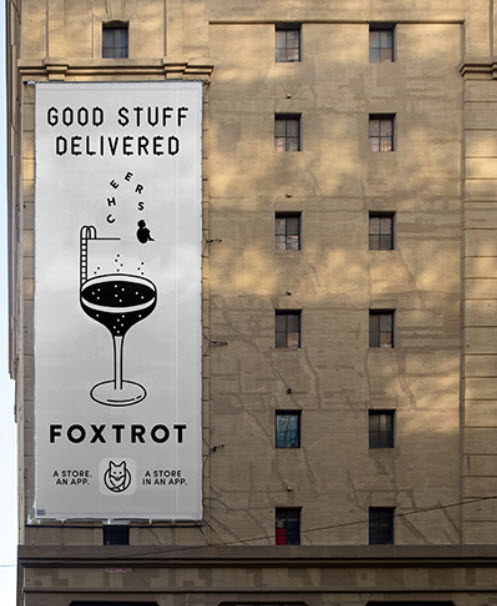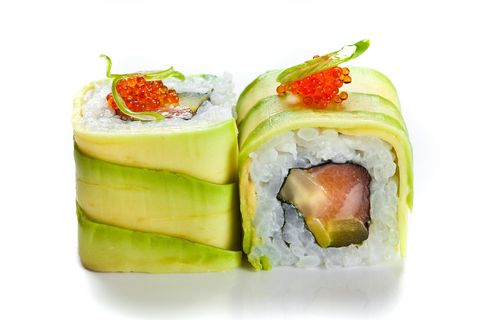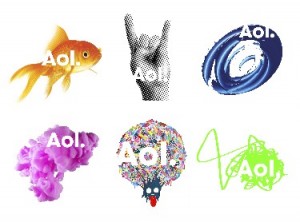Service Brands. Organized For Success.
 Brands were first used as identifiers of personal property. Then they became marks associated with commercial products. Bass Ale being an early brand. Today they even extend to people, but let’s not go there.
Brands were first used as identifiers of personal property. Then they became marks associated with commercial products. Bass Ale being an early brand. Today they even extend to people, but let’s not go there.
What I’d like to discuss today is the branding of service companies. IBM has become a service company, but it started out as a hardware company: International Business Machines. Today service economies are rampant. Software, which used to be shrink-wrapped and therefore a product, is now embedded in the cloud and rented. Or given away. Software as a service (SaaS).
Most service companies, are not very good at brand building. Why? Because the brand experience is the people. And people are hard to manage.
Four decades ago, IBMers (mostly male) were easily identified by their white oxford shirts. A friend of mine moved to WABC TV in NYC and was told by a manager he had to wear an undershirt beneath his suit and shirt. Clothing as a business uniform was, in effect, branding for service companies.
I work with lots of service company brands and it’s not about clothing. It’s about behavior, deeds, actions and evidence. Organized tangibles that support a brand claim.
Selling the need for this organizing principle is a hard job. It requires education. But the service companies that choose to listen and organize are those with the greatest returns, the most agile of teams and most powerful brands. Organized for success, might be the branding meme of the day.
Peace.






